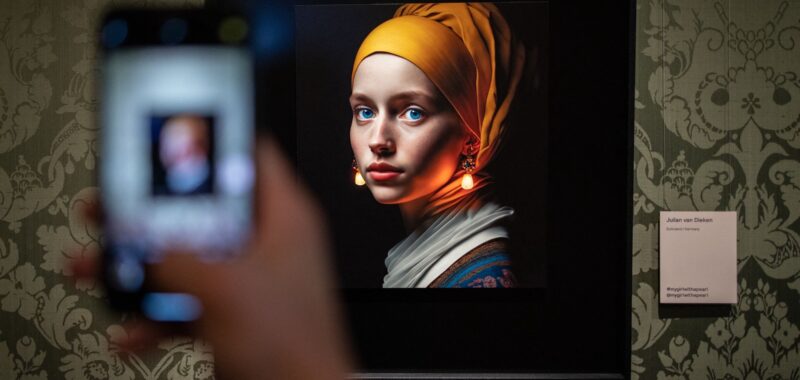AI artworks that display sufficient human creativity can be copyrighted, according to a January report released by the United States Copyright Office.
“Where that [human] creativity is expressed through the use of AI systems, it continues to enjoy protection,” Shira Perlmutter, register of copyrights and director of the agency, said in a press release.
The report, which details the findings of an inquiry involving 10,000 comments from the public and input from experts and stakeholders, concludes that AI-assisted works for which a human can “determine the expressive elements” can be fully or partially copyrightable. Among the contributors to the inquiry were the Authors Guild, Adobe, the Association of Medical Illustrators, and Professional Photographers of America.
Last week’s published report, titled Copyright and Artificial Intelligence Part 2: Copyrightability, is the second installment in a three-part AI and copyright inquiry conducted by the US Copyright Office.
According to the agency, “expressive elements” can be demonstrated when a human modifies AI output, or when “human-authored work is perceptible in an AI output.”
However, the report stipulates that simply inputting prompts to generate AI output is insufficient, adding that whether or not human contributions are considered to meet the criteria for authorship should be determined on a case-by-case basis.
Colorado-based artist Jason M. Allen was denied copyright registration of his “Théâtre d’Opéra Spatial,” which he created in 2022 using Midjourney. Though he beat out fully human-made artworks in a local competition, the US Copyright Office determined the work was attributable to Midjourney, not Allen.
Allen now has a pending appeal to overturn the copyright’s earlier decision to reject his copyright application, arguing that the 624 Midjourney prompts used to create his work required more than the “bare minimal mental effort.”
In a statement to Hyperallergic, Allen’s attorney, Tamara Pester Schklar, said she and her client are “hopeful” that the new guidance will support Allen’s efforts to secure copyright.
Particularly, she said she hopes the report’s finding that work can be copyrightable when “AI is used as a tool, and where a human has been able to determine the expressive elements they contain,” will prompt the Copyright Office to reconsider their earlier rejection or help Allen’s court case.
In a press statement, the copyright office said the report proves that preexisting copyright laws are sufficient for evolving technology.
Philippa Loengard, executive director of the Kernochan Center for Law, Media, and the Arts at Columbia University and chair of the Copyright Division of the American Bar Association, told Hyperallergic that this report provides a “more detailed and nuanced analysis” than previous copyright guidance, but its findings are “not particularly new.” The report acknowledges that technology and the law might change and that the copyright office will adapt, Loengard emphasized.
The third and final part of the report will review the training of AI models on copyrighted materials, which tens of thousands of artists decried as an “unjust threat to the livelihoods of the people behind those works” in a petition last October.

